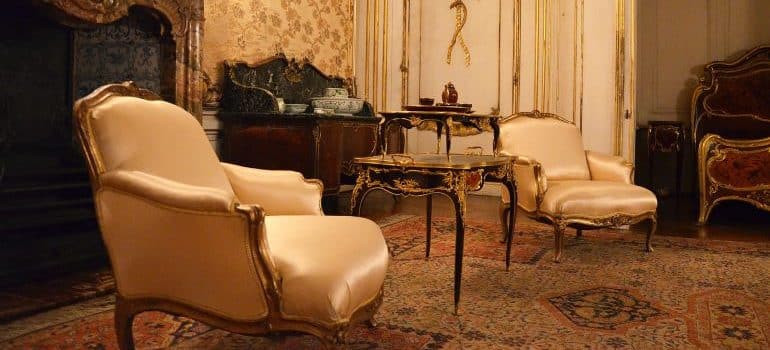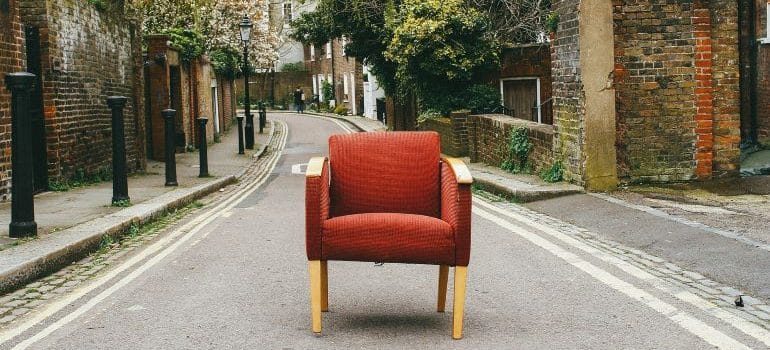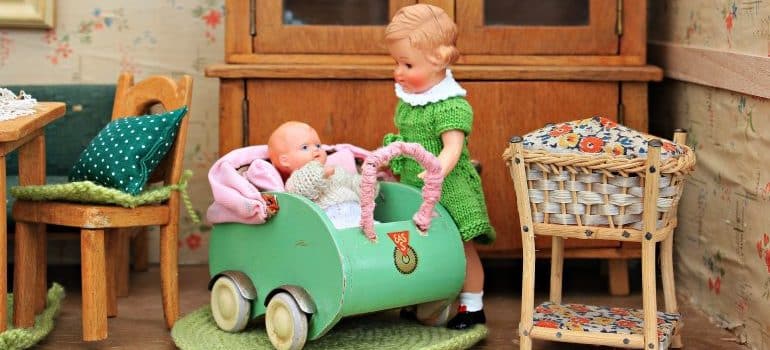4 common issues when moving antique furniture long distance
It’s crucial to plan and prepare for a long-distance relocation so that you don’t be caught off guard by the unexpected complications that many movers encounter. It’s tough to plan and prepare for long-distance moves in particular, but it isn’t impossible. Things may go wrong, but at the very least, you should have a strategy in place to ensure that your relocation goes as smoothly as possible. Long-distance moving challenges aren’t all that different from local moving concerns. But it’s important to consider them in order to effectively prepare for the move. Especially if you’re moving a few antique furniture pieces and other valuables. If you want to do it right, our long distance movers Florida can help you avoid these 4 common issues when moving antique furniture long distances.
4 common issues when moving antique furniture long distance
Preparing for a move may be stressful, especially when packing up priceless antiques. An older item that isn’t adequately packed might be damaged in the moving truck’s bumps. And it happened all too often. When transferring antiques from one home to another, it’s crucial to follow the correct measures and prepare ahead so that you have all you need. Today. we are sharing with you the 4 most common issues when moving antique furniture long distances and how to deal with them.

1. Damaged furniture
In spite of your best efforts, even if you pack and move all your own valuables, something will be damaged or broken. Organizing your boxes in the safest way possible is vital since moving firms are more attentive to boxes designated as “fragile.” Rather than jamming all of your heavy dishes into a single container, it’s important to pack them carefully and securely using plenty of cushioning. If a box is mistreated on the route to your new location, you won’t have a whole set of broken dishes in one box. We often see permanently damaged furniture as well. Because of the way it was transported. If you have a lot of antique pieces, you should think twice before choosing who you entrust them to.
Additionally, moving insurance may be a good idea if you have valuables such as antique furniture that might be destroyed in transit. In fact, finding out about the insurance alternatives offered by a moving business should be one of your criteria for selecting a reputable mover. Specific items that will be particularly important to you on your journey may be covered under their policies.
2. Troubles moving antique furniture into the new residence
Long-distance relocation may be challenging because of the difficulty of transferring items back and forth between homes. Especially if you are attempting to thoroughly prepare for the move. Go to the new site with a measuring tape and a notebook so that you can take down crucial measures. Such as where you’ll put the big appliances, how you’ll fit larger objects through doors, hallways, or windows, and so forth. Take measurements and arrange the relocation as well as possible. In order to ensure a smooth move-in, it may be important to keep a close eye on your communication with the prior owner. Moving day will be less stressful and less expensive as a result of this strategy.

3. Using chemical-based products to clean your furniture
You should never ever try to clean your antique wooden table with just any cleaning product. If you clean your table like this and then wrap it up, these chemicals can severely damage your table. So don’t use any chemical-based products on your wooden items, especially if they are to be going in a storage unit. Instead, use a clean, soft microfiber cloth to gently remove any dust or dirt.
4. Forgetting to secure the corners
We most often see people forget this step. You need to pay close attention to the corners of framed artwork and mirrors. Because corners are prone to nicks and scratches during transport, it’s critical to give an additional layer of protection. Corner protectors are available in a variety of materials, including plastic, styrofoam, and cardboard. You may even make your own if you wish. Choose one of the moving companies Miami that also include packing services. So that your valuables stay protected during the move.
Moving antiques with care
Once you’ve properly packed your antiques, the following step is to ensure their safe delivery. Make certain that your movers are aware of which items are antiques and which boxes contain them. It’s a good idea to shift the antique boxes personally to prevent them from overcrowding.
If you’re moving on your own, try to keep your antiques apart from the rest of your belongings to reduce the risk of them falling over. Never put anything on top of your well-protected antique furniture, including artwork and mirrors. Dollies can be used to move heavy things from your home to the moving truck. USe additional moving blankets once the goods are in the truck. To make shipping antiques easier, consider taking them to a postal center like UPS or FedEx and hiring a professional to do the packing for you.

When it comes to relocating your antiques, hiring movers that specialize in this type of labor is your best choice. Go to antique movers near me and take a look at the services offered. They may be able to pack them in specialized containers and materials, and they’ll know to be particularly cautious when loading and unloading the truck with such products. Moving antique furniture long distance isn’t all too hard if you have the right people by your side. With Pro Movers Miami by your side, you won’t have any problems. We will offer you excellent service and we promise, there will be no hidden costs. Happy relocation!
